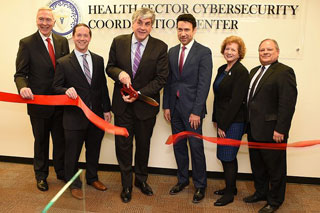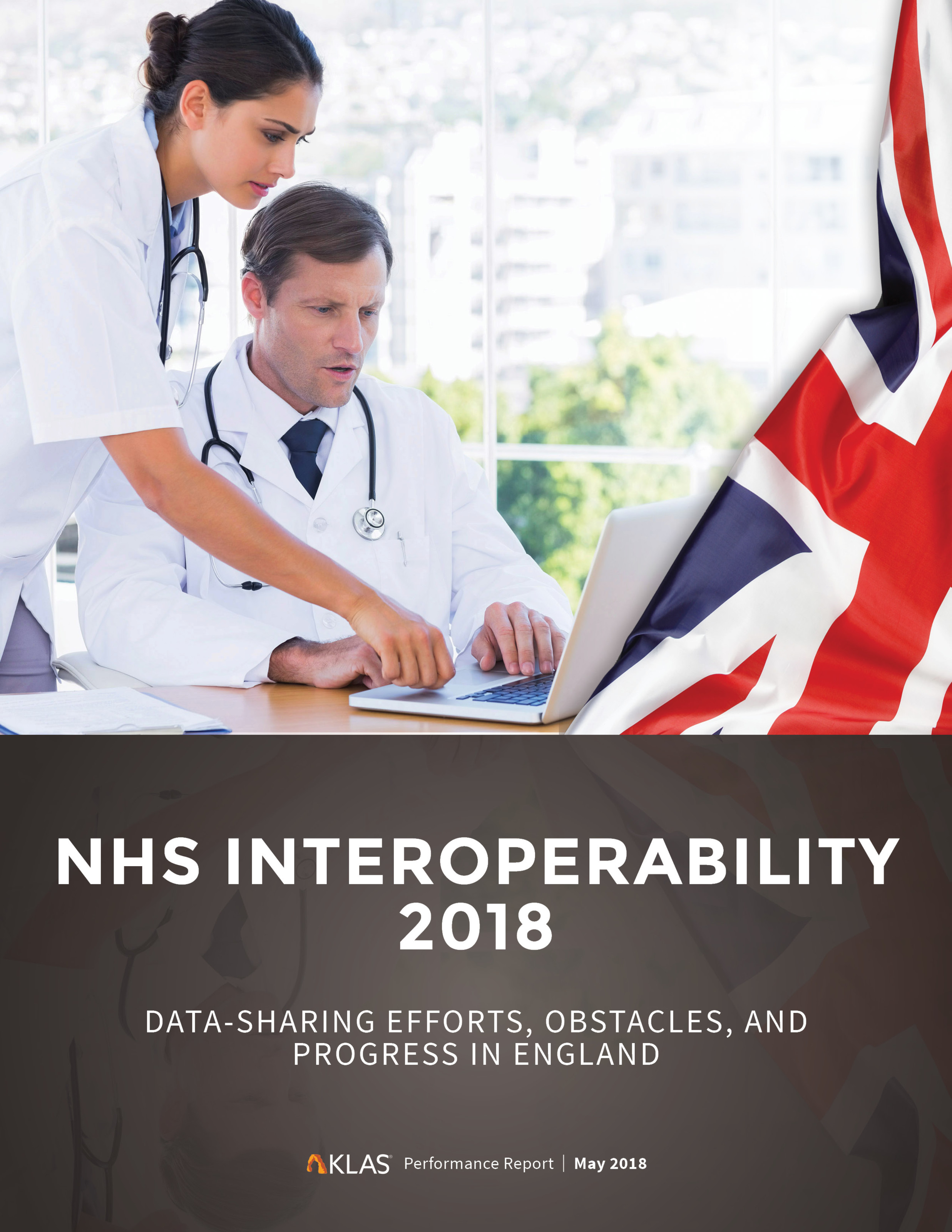
Dario Arfelli is the World Wide Healthcare IT Marketing Manager at Carestream and is based in Genoa, Italy. He has a special interest in supporting market model changes including EHRs, VNAs, Enterprise Imaging and Cloud computing. He analyzes emerging approaches to integrating PACS within an enterprise-wide healthcare IT platform, as well as the VNA approach to centralizing all clinical data storage, management and access and how it all ties back to the future of the EMR/EHR. More recently he has turned his attention to artificial intelligence in medical imaging and how it will likely be integrated into radiology and medical imaging. He recently published an article defining the terms surrounding artificial intelligence for Carestream’s blog. PARCA eNews talked to him by phone.













































